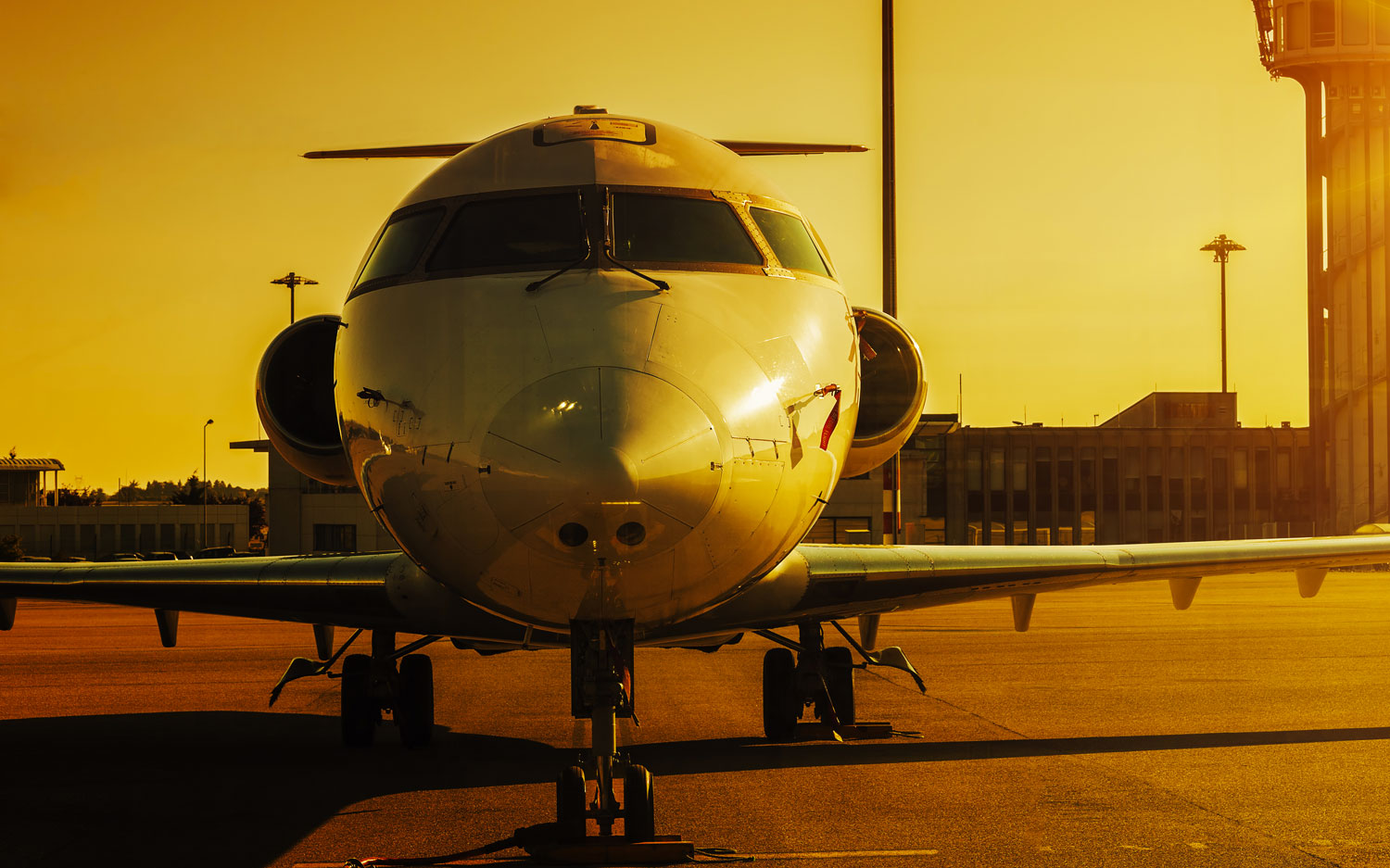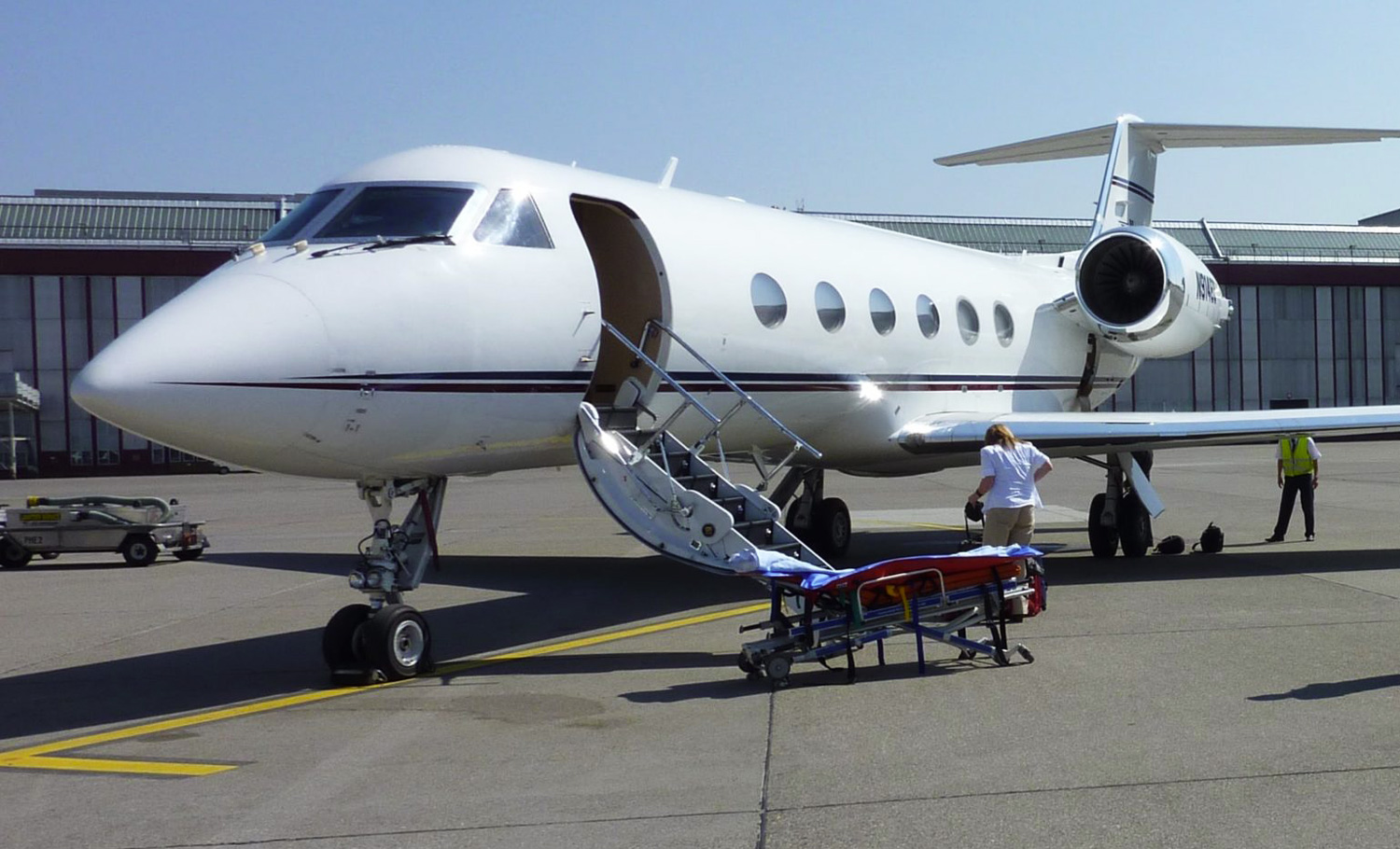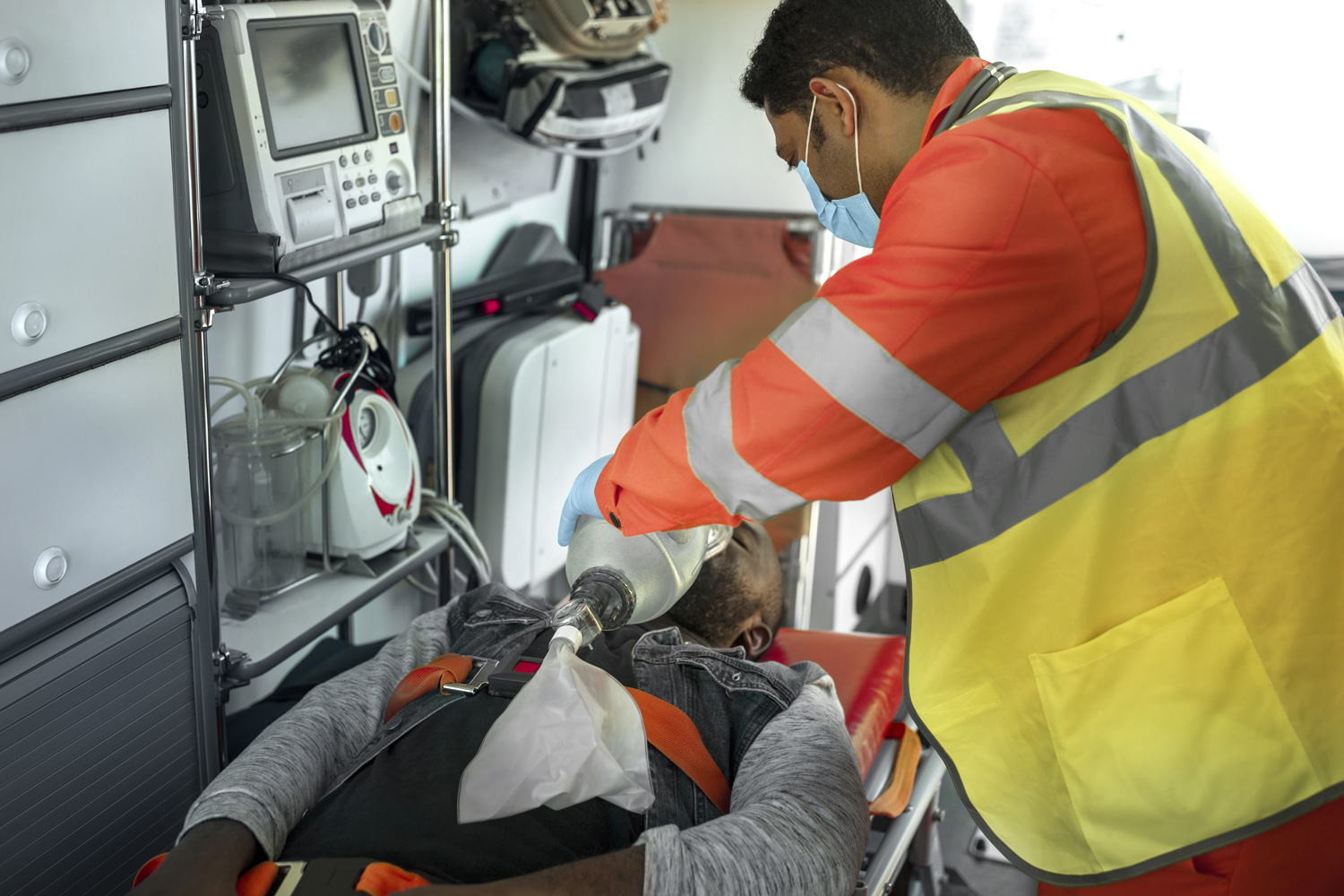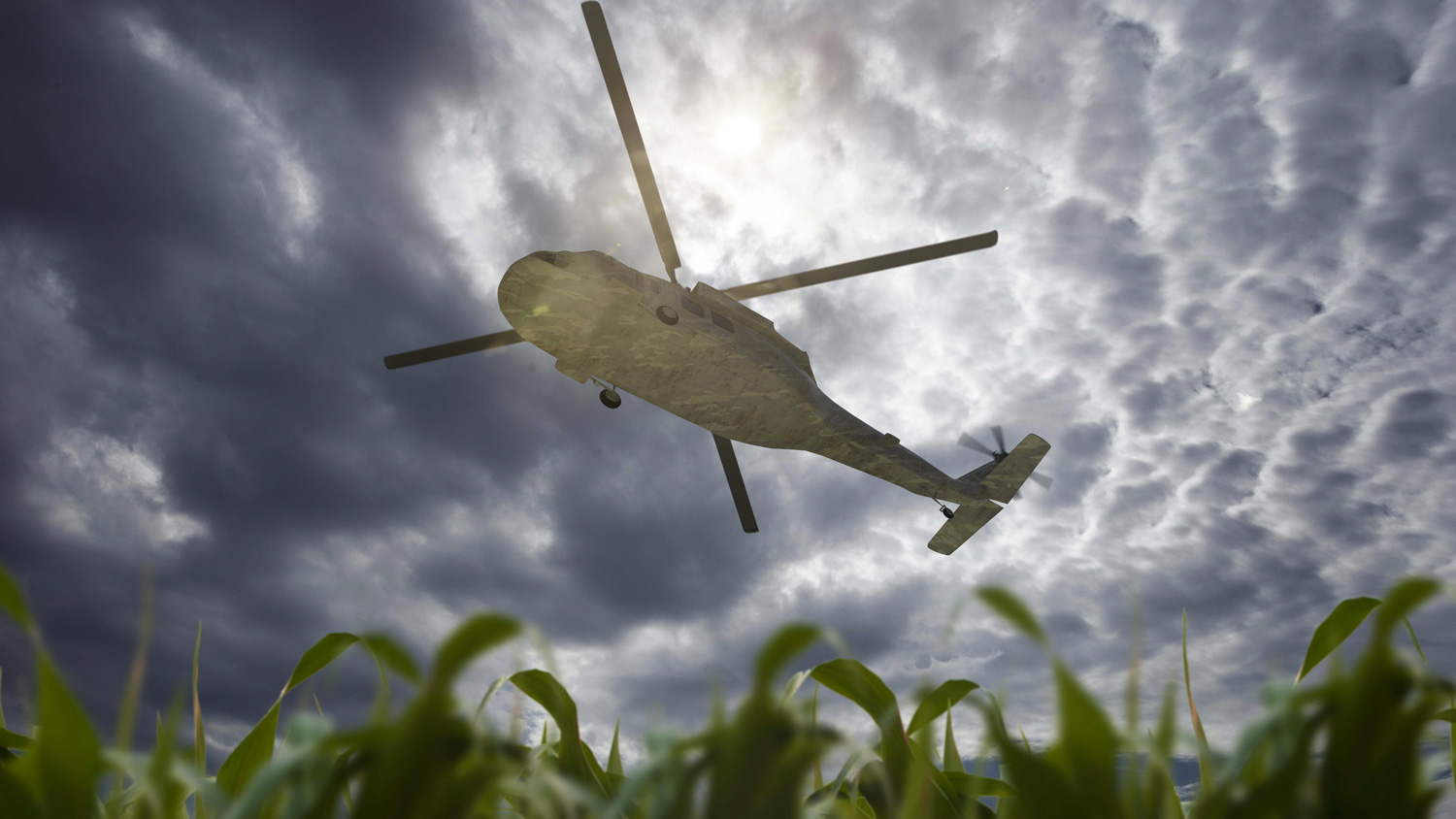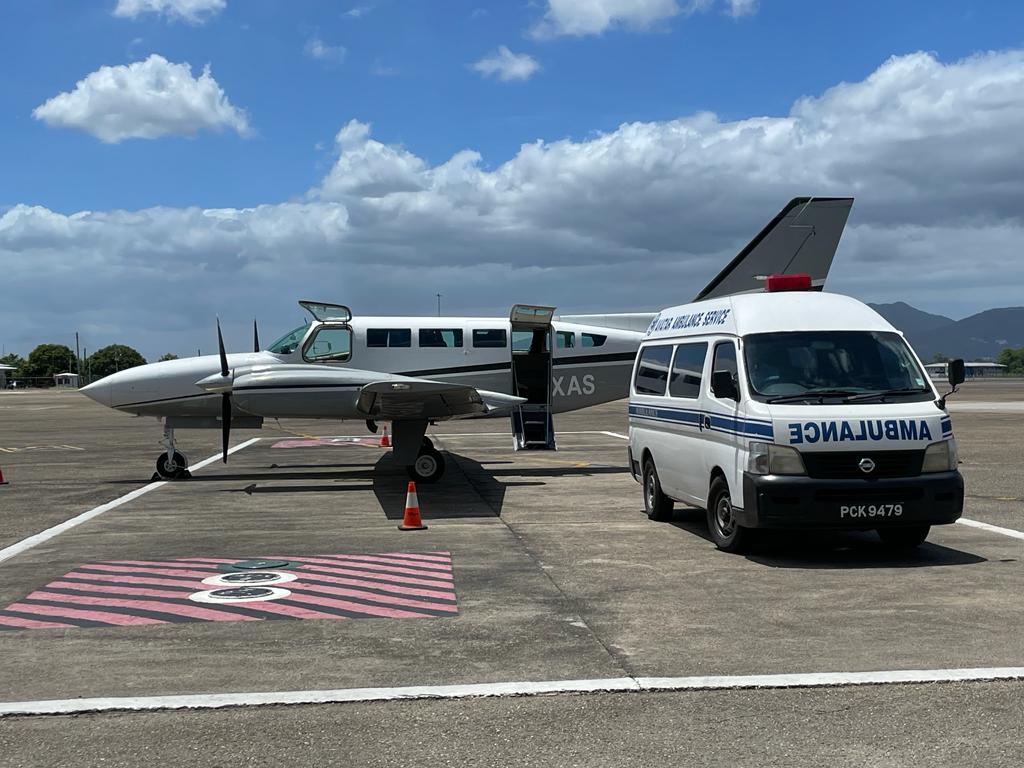1. Air Ambulance Price: Comprehensive Insights and Practical Tips
What are Air Ambulance Services?
Air ambulance services provide critical medical transportation for patients who need urgent care and cannot be transported by ground ambulance. These services use specially equipped aircraft, such as helicopters and fixed-wing planes, to ensure patients receive timely and appropriate medical attention during transit. Air Stretcher is the specialist of medical evacuation on stretcher on commercial flight. Its specializes in offering these vital services, ensuring safe and efficient transport for patients in need. We integrate our partners air ambulances when necessary in the travel itinerary of the patient, when commercial flights are not available.
Importance of Understanding Air Ambulance Costs
The costs associated with air ambulance services can be quite high for patients and their families. These services can be expensive, and costs can vary widely based on several factors, including distance, type of aircraft, medical equipment, and personnel required. Being informed about these costs helps in planning and making informed decisions during emergencies.
Air ambulance services provide urgent medical transportation using specially equipped aircraft. In order to minimize the price of repatriation, Air Stretcher only organizes air ambulances to do wing to wings to catch up a commercial flight (stretcher on Air France or Lufthansa for example) maintaining the medical trip budget as low as possible.
Cost Efficiency of Commercial Flights with Air Stretchers
Very few airlines accept stretchers on board due to the need for patients to be seated during take-off and landing, which is mandatory for safety reasons. However, for patients who cannot sit during these phases, a stretcher is necessary. Commercial stretchers provide an alternative for intubated patients, thanks to the spacious accommodations that airlines like Air France offer for this type of patient. Utilizing a flight on an air stretcher can be a cost-efficient option if available on the planned medical route. This approach helps to minimize the overall expense of repatriation by integrating the use of commercial flights with stretcher accommodations, which can significantly lower the medical trip budget while ensuring the patient’s safety and comfort. It is also an option for patients suffering from hip or leg fractures or other fractures requiring them to remain lying down during the flight.
Contact us for advice and a quotation
2. What is an Air Ambulance?
Definition and Purpose of Air ambulance
An air ambulance is a specially equipped aircraft used to transport patients who require urgent medical care. These aircraft are outfitted with advanced medical equipment and staffed by trained medical personnel to provide critical care during transit. The primary purpose of an air ambulance is to ensure that patients receive timely and appropriate medical attention while being transported to a healthcare facility, especially when ground transportation is not feasible or too slow.
Types of Air Ambulances
There are two main types of air ambulances:
- Fixed-Wing Aircraft: These are airplanes that are used for longer distances and can travel at higher speeds. Fixed-wing air ambulances are ideal for intercity or international transfers. They offer more space for medical equipment and personnel, and they can operate in various weather conditions.
- Helicopters: These are used for shorter distances and can land in more confined spaces, such as accident scenes or hospital rooftops. Helicopter air ambulances are typically used for emergency situations where immediate medical intervention is required, and they are often seen in urban or remote areas where ground access is limited.
Typical Scenarios Requiring Air Ambulance Services
Air ambulance services are utilized in a variety of scenarios, including:
- Medical Emergencies: When a patient needs immediate medical attention that cannot be provided at the current location, such as severe trauma, heart attacks, or strokes.
- Remote Locations: Transporting patients from remote or inaccessible areas where ground ambulances cannot reach, such as mountainous regions or islands.
- Inter-Hospital Transfers: Moving patients between hospitals, especially when specialized care is needed that is not available at the current facility.
- International Repatriation: Transporting patients back to their home country for medical treatment or recovery after an illness or injury abroad.
- Organ Transplants: Rapidly transporting organs or patients to transplant centers to ensure timely surgeries.
By understanding the different types of air ambulances and the scenarios in which they are used, patients and their families can make informed decisions about their medical transportation needs. If you have any more questions or need further details, feel free to ask!
Contact us
3. Factors Influencing Air Ambulance Prices
Understanding the various factors that influence air ambulance prices can help you better anticipate costs and make informed decisions. Here are the key factors:
Distance and Destination
The distance between the pickup location and the destination is one of the most significant factors affecting the cost of air ambulance services. Longer distances require more fuel and time, which increases the overall cost. Additionally, international flights may involve extra fees for landing rights, customs, and other regulatory requirements.
Type of Aircraft
The type of aircraft used for the air ambulance service also impacts the price. Fixed-wing aircraft, such as those used by Air Stretcher, are generally more expensive than helicopters due to their ability to cover longer distances and carry more advanced medical equipment. However, helicopters may be more cost-effective for shorter, emergency transports.
Medical Equipment and Personnel Required
The level of medical care needed during the flight will influence the cost. This includes the type of medical equipment on board and the qualifications of the medical personnel. For instance, a flight requiring specialized equipment like ventilators or cardiac monitors, and staffed by critical care nurses or doctors, will be more expensive than a basic transport.
Urgency and Availability
The urgency of the transport can significantly affect the price. Emergency flights that need to be arranged quickly often come with higher costs due to the need for immediate availability of aircraft and medical staff. Additionally, flights scheduled during off-hours or in remote locations may incur extra charges.
Additional Services
Additional services, such as ground transportation to and from the aircraft, can also add to the overall cost. Companies like Air Stretcher often provide comprehensive services that include ground ambulance transport, which ensures seamless and continuous care but may increase the total expense.
By considering these factors, you can better understand the pricing structure of air ambulance services and plan accordingly. If you have any more questions or need further details, feel free to ask!
Contact us
4. Average Costs of Air Ambulance Services
Cost Breakdown by Region
The cost of air ambulance services can vary significantly depending on the region. Here’s a general overview:
- United States: In the US, air ambulance costs can range from $15,000 to $50,000 or more depending on the distance for domestic flights. International flights can be much higher, often exceeding $100,000, depending on the distance and medical needs.
- United Kingdom: In the UK, the cost for air ambulance services typically ranges from £10,000 to £20,000 for domestic flights. International flights can range from £50,000 to £100,000.
- Europe: Costs in Europe vary by country but generally fall between €8,000 and €15,000 for domestic flights. International flights can range from €30,000 to €70,000.
These figures are approximate and can vary based on specific circumstances and service providers like Air Stretcher.
Comparison of Fixed-Wing vs. Helicopter Costs
The type of aircraft used for the air ambulance service also affects the cost:
- Fixed-Wing Aircraft: These are generally more expensive due to their ability to cover longer distances and carry more advanced medical equipment. Costs for fixed-wing air ambulances can range from $20,000 to $50,000 for domestic flights and can exceed $100,000 for international flights.
- Helicopters: Helicopter air ambulances are typically used for shorter distances and emergency situations. Costs for helicopter services can range from $5,000 to $20,000, depending on the distance and medical requirements.
Examples of Typical Price Ranges
Here are some examples of typical price ranges for air ambulance services:
- Short Domestic Flight (Helicopter): $5,000 – $10,000
- Long Domestic Flight (Fixed-Wing): $20,000 – $30,000
- Short International Flight (Fixed-Wing): $50,000 – $70,000
- Long International Flight (Fixed-Wing): $100,000 – $150,000
These examples provide a general idea of what to expect, but actual costs can vary based on factors such as distance, medical needs, and the specific service provider. Companies like Air Stretcher offer detailed quotes that take all these factors into account, ensuring transparency and helping you plan effectively.
Contact us for a quotation
5. How to Get Accurate Quotes
Importance of Comparing Quotes
When it comes to air ambulance services, obtaining and comparing quotes from different providers is crucial. Air ambulance cost can vary significantly based on the service provider, the specifics of the transport, and the level of medical care required. By comparing quotes, you can ensure you are getting the best value for your money and the most appropriate care for your needs.
Key Components of a Quote for air ambulance
A comprehensive quote for air ambulance services should include several key components:
- Medical Team: Details about the medical personnel who will be on board, including their qualifications and experience. This may include doctors, nurses, paramedics, or other specialists.
- Medical Equipment: Information about the medical equipment that will be available during the flight, such as ventilators, cardiac monitors, and other life-support systems.
- Ground Transport: Costs associated with ground transportation to and from the aircraft. This ensures seamless care from the patient’s location to the final destination.
- Aircraft Type: The type of aircraft being used (fixed-wing or helicopter) and its capabilities.
- Additional Services: Any extra services that may be included, such as coordination with hospitals, handling of medical records, and other logistical support.
Tips for Requesting and Comparing Quotes
Here are some tips to help you request and compare quotes effectively:
- Provide Detailed Information: When requesting a quote, provide as much detail as possible about the patient’s condition, the required level of medical care, and the transport route. This helps providers give you an accurate estimate.
- Ask for a Breakdown: Request a detailed breakdown of the costs included in the quote. This will help you understand what you are paying for and identify any potential hidden fees.
- Compare Multiple Providers: Reach out to several air ambulance service providers to compare their quotes. Look at the overall cost, the quality of care, and the reputation of the provider.
- Check Reviews and References: Research reviews and ask for references from previous clients to ensure the provider has a good track record of safe and reliable service.
- Clarify Insurance Coverage: Confirm what portion of the cost, if any, will be covered by insurance. Some providers may work directly with insurance companies to facilitate the payment process.
Get a Price Offer Now
For a reliable and detailed quote tailored to your specific needs, contact Air Stretcher today. Our team of experts is ready to assist you with all aspects of air ambulance services, ensuring safe and efficient transport for your loved ones. Get in touch now to learn more and receive a personalized quote!
Get a quote for repatriation
6. Insurance and Payment Options
Coverage by Health Insurance
Health insurance can significantly offset the cost of air ambulance services. However, coverage varies widely depending on the insurance provider and the specific policy. Some policies may cover the full cost, while others might only cover a portion. It’s essential to review your insurance policy to understand what is included. Contact your insurance provider to confirm the details and ensure that air ambulance services are covered under your plan.
Out-of-Pocket Costs
Even with insurance, there may be out-of-pocket costs associated with air ambulance services. These can include deductibles, co-pays, or costs that exceed the coverage limits of your insurance policy. It’s important to be aware of these potential expenses and plan accordingly. Providers like Air Stretcher can offer detailed quotes that outline all potential costs, helping you prepare financially.
Payment Plans and Financial Assistance
Many air ambulance service providers offer payment plans to help manage the cost. These plans can spread the expense over several months, making it more affordable. Additionally, some providers may offer financial assistance or work with charitable organizations to help cover the costs for those in need. It’s worth inquiring about these options when discussing quotes and services.
Tips for Dealing with Insurance Companies
Navigating insurance claims for air ambulance services can be complex. Here are some tips to help you deal with insurance companies effectively:
- Document Everything: Keep detailed records of all communications with your insurance provider, including emails, phone calls, and written correspondence. This documentation can be crucial if there are disputes or issues with your claim.
- Understand Your Policy: Familiarize yourself with the specifics of your insurance policy, including coverage limits, exclusions, and the claims process. This knowledge will help you advocate for yourself more effectively.
- Get Pre-Authorization: Whenever possible, obtain pre-authorization from your insurance provider before using air ambulance services. This can help ensure that the service will be covered and reduce the risk of unexpected costs.
- Work with the Provider: Many air ambulance companies, like Air Stretcher, have experience dealing with insurance claims and can assist you in navigating the process. They can provide necessary documentation and communicate directly with your insurance provider on your behalf.
- Appeal if Necessary: If your insurance claim is denied, don’t hesitate to appeal the decision. Provide additional documentation and clearly explain why the service was medically necessary. Persistence can often lead to a successful outcome.
For more information on insurance coverage and payment options for air ambulance services, contact Air Stretcher today. Our team is here to help you understand your options and provide the support you need to manage the costs effectively. Reach out now to get started and receive a personalized quote!
7. Case Study: Emergency Medical Transport for a Heart Attack Patient
Story of the Patient John, a 58-year-old businessman, was on a business trip in a remote area of France when he suffered a severe heart attack. The local hospital was not equipped to handle his condition, and he needed immediate transfer to a specialized cardiac care center in Paris. His family contacted Air Stretcher for emergency air ambulance services.
Cost Details and Outcomes
- Initial Quote: The initial quote provided by Air Stretcher included the cost of a fixed-wing aircraft, a specialized medical team (including a cardiologist and a critical care nurse), advanced cardiac monitoring equipment, and ground transportation to and from the airports.
- Total Cost: The total cost for the service was €25,000, which included all necessary medical care and transportation.
- Insurance Coverage: John’s health insurance covered 70% of the cost, leaving the family with an out-of-pocket expense of €7,500. Air Stretcher assisted the family in navigating the insurance claims process, ensuring a smooth and efficient reimbursement.
- Outcome: John was safely transported to the cardiac care center in Paris, where he received the necessary treatment. The timely intervention and specialized care provided during the flight were crucial in stabilizing his condition and ensuring a positive outcome.
Lessons Learned
- Importance of Quick Action: In medical emergencies, quick action and efficient coordination are vital. Air Stretcher’s prompt response and well-coordinated services played a crucial role in John’s successful transfer and treatment.
- Value of Comprehensive Services: The inclusion of ground transportation and a specialized medical team ensured seamless care from the initial pickup to the final destination, highlighting the value of comprehensive air ambulance services.
- Navigating Insurance: Understanding insurance coverage and working closely with the service provider can significantly reduce out-of-pocket expenses. Air Stretcher’s assistance with the insurance claims process was invaluable in managing the costs.
For reliable and comprehensive air ambulance services, contact Air Stretcher today. Our experienced team is dedicated to providing safe and efficient medical transport, ensuring the best possible outcomes for our patients. Reach out now to learn more and receive a personalized quote!
Get a quote from our professionals
8. Tips for Reducing Air Ambulance Costs
Planning Ahead and Understanding Your Insurance
One of the most effective ways to reduce air ambulance costs is to plan ahead and understand your insurance coverage. Here are some steps to consider:
- Review Your Insurance Policy: Familiarize yourself with the details of your health insurance policy, specifically the coverage for air ambulance services. Know what is covered, the limits of coverage, and any exclusions.
- Pre-Authorization: Whenever possible, obtain pre-authorization from your insurance provider for air ambulance services. This can help ensure coverage and reduce the risk of unexpected expenses.
- Emergency Preparedness: If you or a family member has a medical condition that might require air ambulance transport, discuss this with your healthcare provider and insurance company in advance. Having a plan in place can save time and reduce stress during an emergency.
Choosing the Right Service Provider
Selecting the right air ambulance service provider can make a significant difference in cost and quality of care. Here is how Air Strtecher can support you :
- Research Providers: Look for reputable providers like Air Stretcher that have a proven track record of safety and reliability. Check reviews and ask for references.
- Compare Quotes: Obtain detailed quotes from multiple providers and compare them. Look at the overall cost, the services included, and the qualifications of the medical team.
- Check Accreditation: Ensure the provider is accredited by relevant authorities, such as the Commission on Accreditation of Medical Transport Systems (CAMTS) or the European Aero-Medical Institute (EURAMI). Accreditation indicates adherence to high standards of care and safety.
Negotiating Costs and Exploring Alternative Options
Negotiating costs and exploring alternative options can also help reduce expenses:
- Negotiate with Providers: Don’t hesitate to negotiate the cost with air ambulance service providers. They may be willing to offer discounts or flexible payment plans, especially if you explain your financial situation.
- Explore Financial Assistance: Some providers offer financial assistance or work with charitable organizations to help cover the costs. Inquire about these options when discussing quotes.
- Consider Alternative Transport: In some cases, ground ambulance services or commercial medical escort services may be a more cost-effective alternative to air ambulance transport. Evaluate the patient’s condition and the urgency of the situation to determine if these options are viable.
Take Action Now
For more information on how to manage and reduce air ambulance costs, contact Air Stretcher today. Our team is dedicated to providing high-quality, affordable medical transport solutions. Reach out now to learn more and receive a personalized quote!
Recap of Key Points
In this article, we’ve explored various aspects of air ambulance services and their costs. We started with an overview of air ambulance services and their importance, followed by a detailed look at the factors influencing prices, such as distance, type of aircraft, and medical requirements. We also discussed average costs by region, how to get accurate quotes, and the role of insurance and payment options. Additionally, we provided a real-life case study and offered tips for reducing air ambulance costs.
Final Thoughts on Managing Air Ambulance Costs
Managing air ambulance costs can be challenging, but with the right information and preparation, it is possible to navigate this complex process effectively. Understanding the factors that influence costs, comparing quotes from reputable providers like Air Stretcher, and being proactive about insurance coverage are crucial steps. Additionally, exploring payment plans and financial assistance options can help make these essential services more affordable.
Seek Professional Advice if Needed
If you find yourself in need of air ambulance services, don’t hesitate to seek professional advice. Contacting experienced providers like Air Stretcher can provide you with the guidance and support you need to make informed decisions. Our expertise can help ensure that you receive the best possible care while managing costs effectively.
10. Common Questions About Air Ambulance Services and Costs
Q1: What is an air ambulance?
An air ambulance is a specially equipped aircraft used to transport patients who require urgent medical care. These aircraft are staffed by medical professionals and equipped with advanced medical equipment to provide critical care during transit.
Q2: How much does an air ambulance service typically cost?
The air ambulance cost can vary widely depending on factors such as distance, type of aircraft, and medical needs. On average, domestic flights can range from $15,000 to $25,000 in the US, while international flights can exceed $100,000.
Q3: Are air ambulance services covered by insurance?
Coverage for air ambulance services depends on your insurance policy. Some policies may cover the full cost of air medical evacuation, while others might only cover a portion. It’s important to check with your insurance provider about air ambulance insurance coverage to understand your benefits.
Q4: What factors influence the cost of air ambulance services?
Key air ambulance pricing factors include the distance of the flight, type of aircraft (fixed-wing or helicopter), medical equipment and personnel required, urgency of the transport, and any additional services such as ground transportation.
Q5: How can I get an accurate quote for air ambulance services?
To get an accurate air ambulance quote, provide detailed information about the patient’s condition, required medical care, and transport route. Contact multiple providers, like Air Stretcher, to compare air ambulance costs and ensure you are getting the best value.
Q6: What should I look for in an air ambulance service provider?
Look for providers with a good reputation, proper accreditation, and experienced medical staff. Compare air ambulance service charges, check reviews, and ask for references to ensure you choose a reliable provider.
Q7: Can I negotiate the cost of air ambulance services?
Yes, it’s often possible to negotiate the cost of air ambulance services with service providers. They may offer discounts or flexible air ambulance payment plans, especially if you explain your financial situation.
Q8: What should I do if my insurance claim for air ambulance services is denied?
If your claim is denied, you can appeal the decision. Provide additional documentation and clearly explain why the air medical service was medically necessary. Persistence and thorough documentation can often lead to a successful outcome.
Q9: Are there alternatives to air ambulance services?
Depending on the situation, ground ambulance services or commercial medical escort services may be viable alternatives. Evaluate the patient’s condition and the urgency of the situation to determine the best option for medical air transport pricing.
Q10: How can I reduce the cost of air ambulance services?
Plan ahead, understand your insurance coverage, choose the right service provider for affordable air ambulance services, and explore air ambulance financial assistance options. Negotiating costs and considering alternative transport options can also help reduce expenses. Use tools like an air ambulance cost calculator to get a clearer air ambulance cost breakdown.
Contact us


